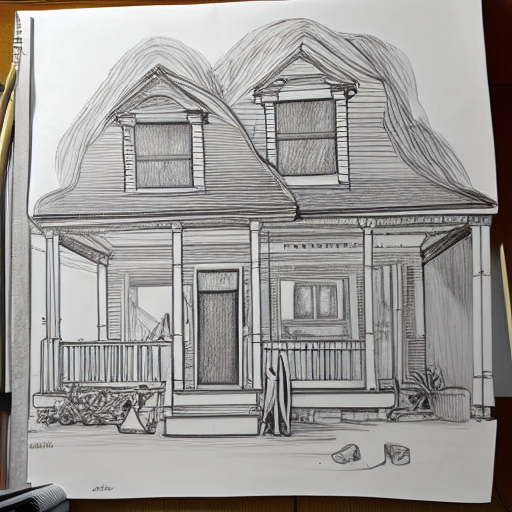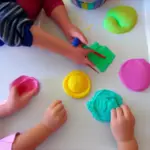Decluttering your house is an ongoing process. The first step is to set up a schedule and limit yourself to certain times when you can declutter your house. After this, you can work on creating systems for organizing the stuff you own. If you find it difficult to make decisions, you can also do it in stages.
Creating a decluttering schedule
Creating a decluttering schedule is a great way to stay motivated throughout the process. It will help you to prioritize your work and avoid frustration. You can start by planning to declutter one room at a time. Then, you can move on to the next room. By setting a date for each phase, you will be sure to complete the task in a reasonable amount of time.
Depending on your current level of clutter, you might be able to finish one room in a day or two. If you don’t have a lot of stuff, you could do the whole house within a month. Alternatively, you can set a decluttering schedule to fit in decluttering tasks at specific times, such as on weekends or after work. The goal is to make decluttering your house a habit that can be completed as often as possible, but that doesn’t mean that you have to work on it all at once.
Before starting the decluttering process, it is essential to identify the areas that need to be cleaned first. This includes the kitchen, dining room, living room, and family room. Each room should be tackled in a step-by-step manner, starting with the highest problem area first.
Creating a decluttering schedule for one week can be an efficient way to accomplish the task. Creating a schedule for your decluttering project will keep you focused and on task. Once you’ve organized your schedule and started your decluttering journey, you can start by categorizing the items you no longer need. You can declutter a room by room or by category. Creating a list for each room will keep you on track.
When decluttering your house, you should always put away anything that doesn’t belong in the room where it is kept. This includes discarded items, broken items, and recyclables. Don’t forget about putting down a basket for all these items so that you can collect them later.
Another method to declutter your house is to sort all items into appropriate bins. This way, you can easily dispose of anything that you don’t need. For example, you can donate old clothes, or sell anything that you no longer use.
Setting boundaries
Decluttering your house requires setting boundaries. The first step is to make sure that you’re not letting others influence your decluttering process. Getting others involved will only complicate the situation. Instead, focus on you and your clutter patterns. If you can identify what’s keeping you from a clutter-free home, then you’re on the right track.
Make yourself a deadline for completing each phase of decluttering. Choose a timeline that is reasonable, but that you can meet. This way, you’ll avoid getting overwhelmed with unfinished projects. Then, make sure you set aside specific times each day to work on certain areas.
Another effective way to declutter your house is to break it down into micro-commitments. Instead of trying to conquer a huge pile of junk, try tackling one room a day until the whole house is decluttered. This way, you can overcome procrastination and get the job done. By doing this, you’ll gain more confidence and independence.
When setting boundaries, remember that your values play a big part in determining where your boundaries are. By speaking up and letting others know that your boundaries are important, you’ll be able to tell when someone is going over the line. Setting boundaries can help you keep your space safe while giving you peace of mind.
Getting rid of the clutter in your home will improve your mental and physical health. People who have clean and orderly homes are less likely to have problems sleeping and feeling overwhelmed. Besides, having a tidy house means you feel more accomplished. And since you’ll feel better after decluttering, you’ll be more motivated to clean your house.
The most important part of decluttering your house is to keep it manageable. It’s important to set boundaries and set specific timeframes to accomplish the goal. Aim for one room at a time. You can work on another area of the house after completing one room.
One of the most effective ways to keep the clutter in your home under control is to create a set of habits. If you live with others, you can also ask them to adopt the same habits. If you’re living alone, aim to declutter once every week or every two weeks. Organize items into appropriate bins and discard those you no longer use.
Using the “touch it once” principle
Using the “touch it once” principle is a great way to start decluttering your house. This principle encourages you to discard items that are no longer used or needed. As you work through each room, you will have less time to consider whether to donate, sell, or throw away the items you have left over. Using a checklist can help you with this process. Once you’ve decided which items are no longer used, you can move on to the next room.
The “touch it once” principle will prevent you from repeatedly picking up the same items. It also requires you to make a decision as you reach for the item, instead of allowing it to sit in the junk room. This can reduce the amount of time you spend picking up after each day, thereby saving you time and energy.
The “touch it once” principle is also useful when decluttering your email inbox. It encourages you to get started by tackling short-term tasks and not allowing yourself to feel overwhelmed. If you have a huge inbox and can’t decide what to do with it, you can begin by sorting the messages that you don’t want to keep.
Remember that procrastination only creates bigger jobs. Putting off chores is not only unproductive, it only makes your house messier. So start today. Don’t delay! With a little effort, you’ll soon find yourself decluttering in no time at all.
Creating systems to manage the stuff in your home
Creating systems for managing the stuff in your home can help you declutter your house effectively. Not only will this make your home look more organized, but it will also make it feel less overwhelming and chaotic. Keep your organizing systems simple and make use of hidden storage spaces. Avoid hiding clutter behind closed doors.









